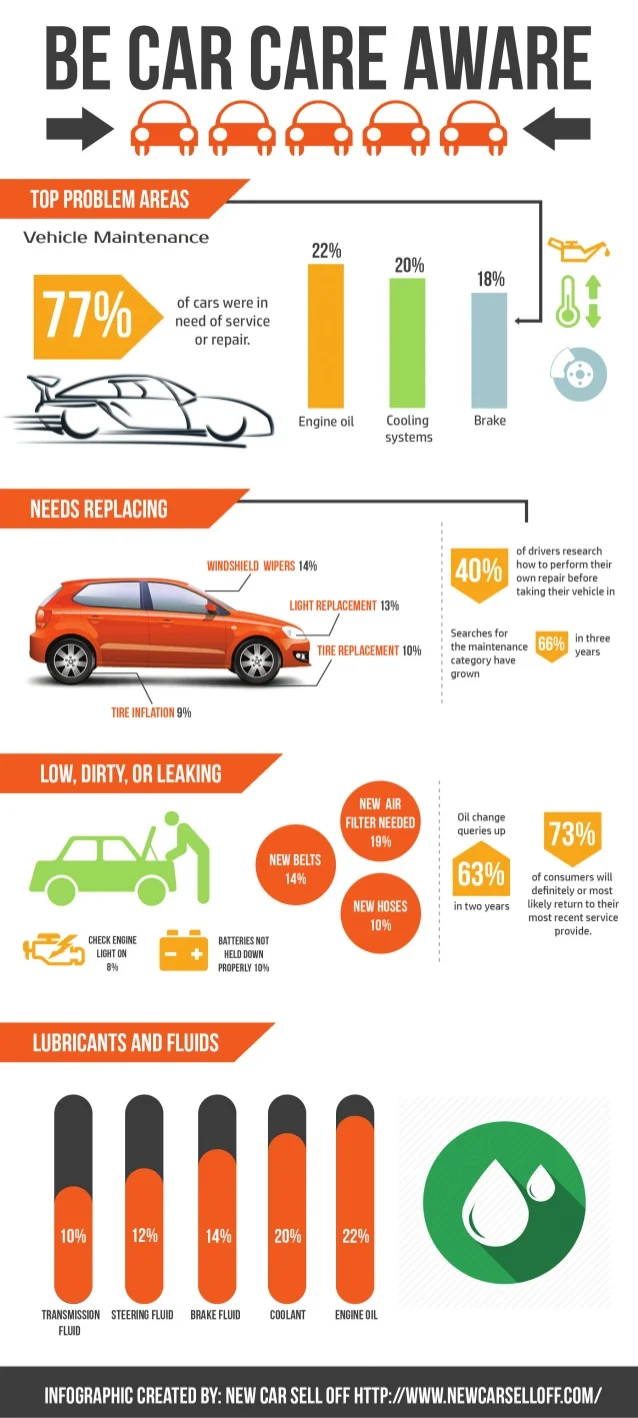Understanding Your Vehicle'S Warning Lights: What Do They Actually Mean?
Understanding Your Vehicle'S Warning Lights: What Do They Actually Mean?
Blog Article
Published By-Termansen Stark
When you lag the wheel, those glowing caution lights on your control panel can be a bit puzzling. Do you understand what they're trying to tell you concerning your cars and truck's health? Understanding the significance of these lights is vital for your safety and the long life of your automobile. So, the next time among those lights appears, would not you want to understand its message properly and take the necessary steps to address it?
Common Caution Lights and Interpretations
Recognize usual warning lights in your automobile and recognize their definitions to ensure secure driving.
One of the most typical warning lights consist of the check engine light, which signals problems with the engine or discharges system. If this light begins, it's crucial to have your vehicle inspected immediately.
The oil pressure cautioning light indicates reduced oil stress, requiring immediate interest to avoid engine damages.
A flashing battery light might suggest a defective charging system, possibly leaving you stranded otherwise attended to.
The tire stress monitoring system (TPMS) light alerts you to reduced tire pressure, influencing car stability and gas effectiveness. Neglecting this can cause dangerous driving conditions.
visit the following website page shows an issue with the anti-lock braking system, jeopardizing your ability to stop quickly in emergency situations.
Last but not least, the coolant temperature alerting light warns of engine getting too hot, which can lead to extreme damages if not resolved quickly.
Comprehending these common caution lights will assist you attend to issues promptly and maintain risk-free driving conditions.
Relevance of Prompt Attention
Understanding the usual warning lights in your car is only the first step; the importance of immediately resolving these cautions can not be stressed sufficient to guarantee your safety and security when driving.
When a warning light brightens on your control panel, it's your cars and truck's way of communicating a possible issue that needs focus. Disregarding these warnings can bring about much more extreme troubles in the future, compromising your safety and security and potentially costing you a lot more out of commission.
Prompt interest to warning lights can stop break downs and accidents. For example, a blinking check engine light could indicate a misfire that, if left ignored, might cause damage to the catalytic converter. Addressing this immediately can conserve you from a pricey repair.
Likewise, a brake system advising light could indicate low brake liquid or worn brake pads, vital parts for your safety when driving.
Do It Yourself Troubleshooting Tips
If you discover a warning light on your control panel, there are a few DIY repairing suggestions you can try prior to looking for specialist help.
The initial step is to consult your automobile's manual to understand what the specific warning light indicates. Sometimes the issue can be as straightforward as a loosened gas cap activating the check engine light. Tightening the gas cap might deal with the problem.
Another usual concern is a low battery, which can activate numerous cautioning lights. Examining the battery links for deterioration and ensuring they're safe might fix the issue.
If a warning light lingers, you can attempt resetting it by separating the vehicle's battery for a few minutes and after that reconnecting it. Additionally, examining your lorry's liquid degrees, such as oil, coolant, and brake fluid, can assist fix alerting lights associated with these systems.
Final thought
Finally, comprehending your vehicle's caution lights is necessary for maintaining your car running efficiently and safely. By promptly addressing these alerts and recognizing what they mean, you can prevent costly repair work and potential break downs.
Bear in mind to consult your automobile's manual for specific details on each alerting light and take action accordingly to guarantee a trouble-free driving experience.
Stay informed, stay orindaclose -free when driving!
